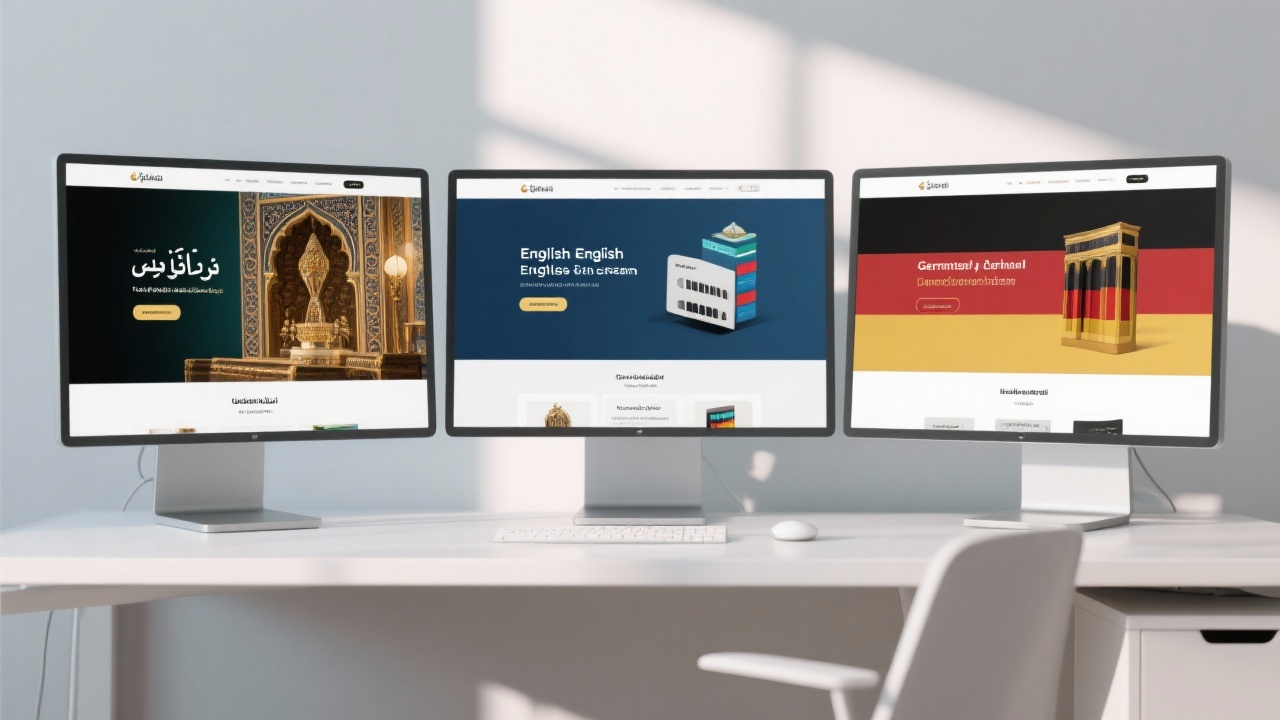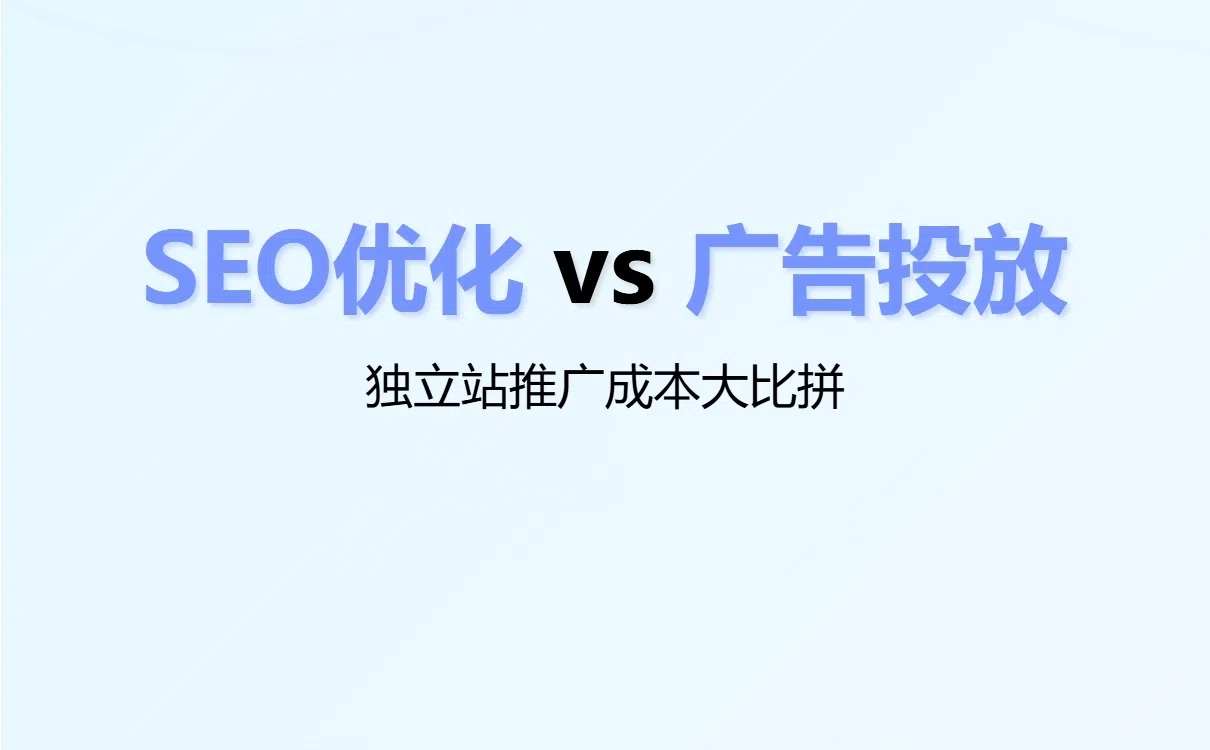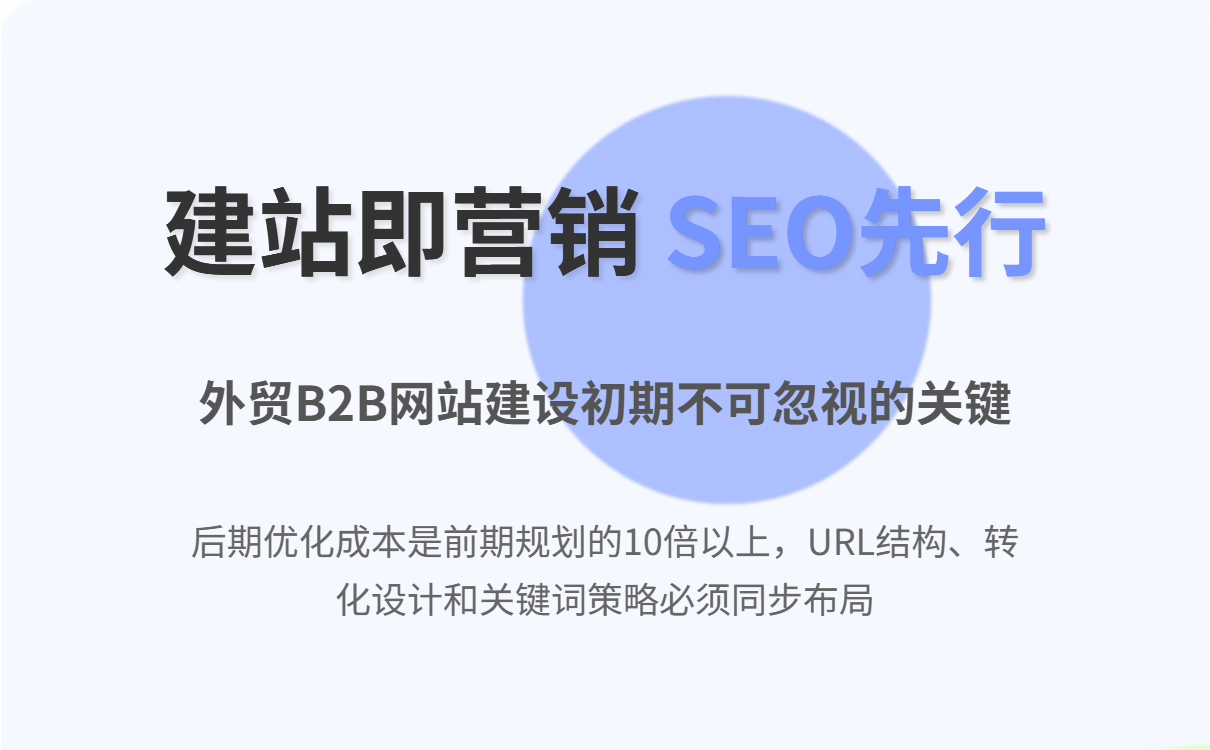
In today’s competitive global trade landscape, simply having a website isn’t enough for your export business to get discovered by overseas buyers. You might wonder, “How do I make sure my site appears on Google when potential customers search for my products?” The answer lies in powerful keyword research and SEO tactics that you can apply on your own—without spending a penny on fancy tools or agencies.
Welcome to your step-by-step playbook on mastering keyword research and landing page optimization specifically tailored for newcomers in export and foreign trade. By understanding the underlying SEO logic and unlocking high-potential keywords relevant to your niche, you’ll boost your Google rankings and attract quality traffic—starting today.
Keyword research is the foundation that supports every strong SEO strategy. It’s about finding the actual search terms your target customers type into Google—terms that reveal buyer intent. If your website’s content doesn’t address those words and phrases, your page won’t rank on the first page and will likely remain invisible to international clients.
Studies show that pages targeting relevant, high-potential keywords experience up to a 30% decrease in bounce rate and a 40% increase in organic conversions. This means visitors stay longer and are more likely to inquire or purchase.
Try this: Use your product + key buyer attribute formula to list 5 long-tail keywords right now and check their monthly volumes on Google Keyword Planner.
When targeting multiple English-speaking markets, it’s critical to adapt your content to regional search habits. For example, the US market favors direct transactional queries like “bulk stainless steel suppliers USA,” whereas UK buyers often use more formal or technical terms like “stainless steel wholesale distributors UK.”
This subtle difference means your landing pages—product descriptions, FAQs, and blog posts—must reflect these variations to maximize relevance and engagement. Localizing content not only boosts rankings but also builds trust with your target audience.
| Template | Key Features | SEO & Conversion Tips |
|---|---|---|
| Product Detail Page | Detailed product specs, clear pricing, high-quality images | Use exact keywords in headers and descriptions; add buyer-centric CTAs and technical specs for trust |
| Case Study / Success Story Page | Show real export client challenges and how your solution helped | Incorporate problem-solving keywords; encourage lead capture with downloadable content |
| FAQ & Support Page | Address common buyer questions and concerns | Target long-tail question keywords; improve dwell time by providing detailed, clear answers |

SEO is not a one-time set-it-and-forget-it task. Utilize free or low-cost automation tools to track keyword rankings, monitor competitors, and test landing page performance continuously. For instance, Google Search Console and Ubersuggest offer real-time insights that enable you to tweak titles, copy, and images for better results.
Regular testing combined with the structured approach you’ve learned today can reduce bounce rates by 20-30% within three months and steadily grow your organic lead generation.

Remember, from today on, your export website can start being actively found by overseas buyers — without spending on expensive ads. The power lies in the keywords you choose and how precisely you tailor your content to meet your global customers’ needs.

.png?x-oss-process=image/resize,h_100,m_lfit/format,webp)
.png?x-oss-process=image/resize,h_100,m_lfit/format,webp)

.png?x-oss-process=image/resize,h_100,m_lfit/format,webp)
.png?x-oss-process=image/resize,h_100,m_lfit/format,webp)
.png?x-oss-process=image/resize,h_100,m_lfit/format,webp)
.png?x-oss-process=image/resize,h_100,m_lfit/format,webp)
